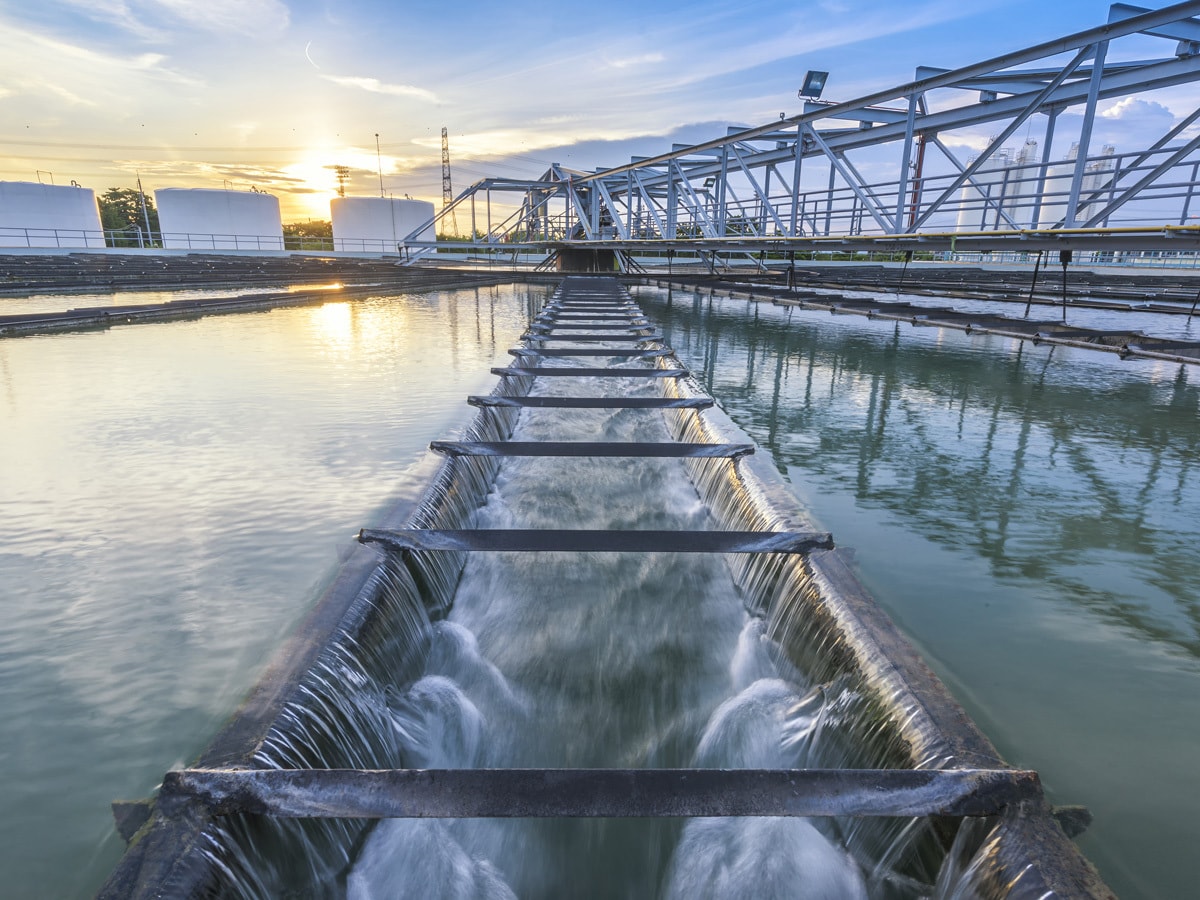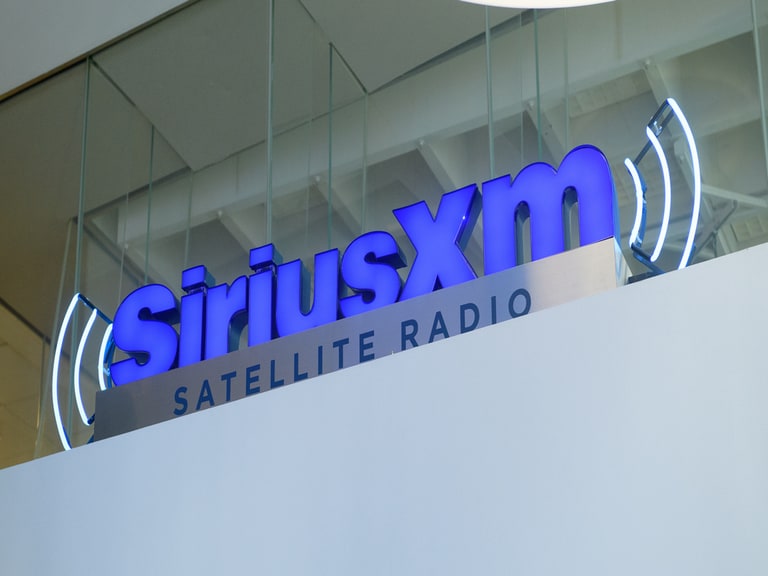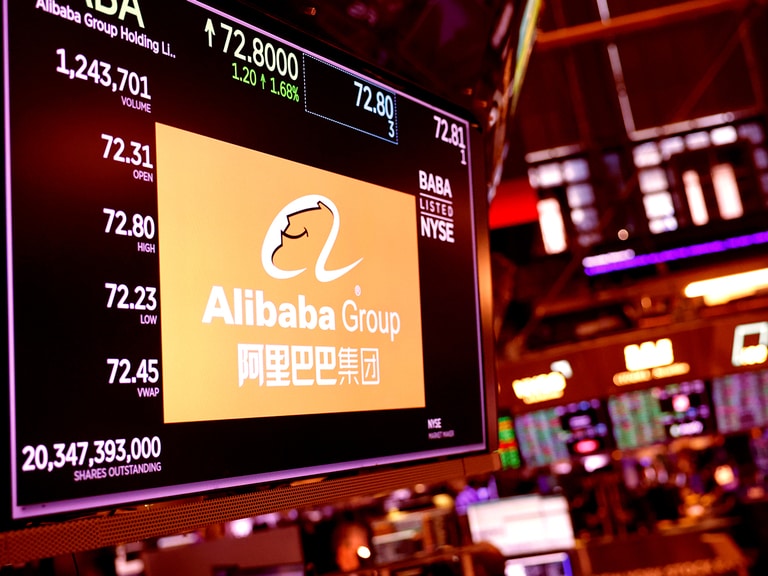Water is an increasingly scarce resource, thanks to growing populations and climate change. With a range of industrial uses, companies that operate in the management or maintenance of physical water infrastructure are poised to benefit from a broad set of tailwinds, including increased US government spending on securing water supplies.
- Water infrastructure upgrades could cost $744bn over next twenty years.
- Smart metering technology will underpin water management in cities of the future.
- How to invest in water: the First Trust Water ETF offers exposure to stocks within water infrastructure. The fund is up 11% in the past six months.
Water is becoming an increasingly scarce resource, thanks in large part to climate change and population growth. Its centrality to human life and also to various industrial sectors makes it an indispensable resource, demand for which is closing in on available supply.
The water investment theme has various facets, each of which will see distinct growth trajectories.
For example, the water and wastewater treatment industry (which cleans water so that it can be safely returned to the water cycle) is expected to see a CAGR of 6.53% between 2022 and 2030, according to a report from Precedence Research.
The water utility market will see a slower rate of 3.82% over the same period, according to Zion Market Research.
One possible approach to the water investment theme is that taken by First Trust Portfolios, which focuses on the physical requirements of water infrastructure.
“Instead of trying to buy a lake somewhere,” Ryan Issakainen, ETF strategist and senior vice president at First Trust Portfolios, told Opto, “you're going to need to repair and replace a tremendous amount of water infrastructure.”
This is a global theme, says Issakainen. In the developed world, it involves the maintenance and replacement of often decades-old water infrastructure. The US Environmental Protection Agency (EPA) estimates that $744bn needs to be spent over the next 20 years in order to meet federal water quality, safety and public health objectives.
Equally, however, there are extensive requirements for new infrastructure in the developing world. Emerging markets “also need to invest in infrastructure”, Issakainen notes, adding that this is a result of increasing urbanisation in emerging markets, as well as areas of development requiring brand new infrastructure.
A testing climate
Demand for water is creating dominant positions in the industry for key established players, including Xylem [XYL], a developer of water technology for public, residential, commercial, agricultural and industrial uses. It owns more than 30 subsidiary brands, including SonTek, a manufacturer of doppler instruments for measuring water flow and velocity, and Flojet, a producer of pumps and motors for water distribution across a range of industries, including beverage pumps.
In May, Xylem acquired water treatment solutions provider Evoqua Technologies [E0W.BE] in an all-stock transaction worth $7.5bn.
In a press release confirming the acquisition, Xylem CEO Patrick Decker said: “Investment in water solutions continues to accelerate as communities and businesses around the world address intensifying challenges like water scarcity, quality and resilience to climate change.”
Testing the quality of water is as fundamental to securing water supply as treating it.
Idexx Laboratories [IDXX] is a leader in producing microbiology testing kits to assess the safety of water, alongside a range of products for the companion animal and livestock markets. Idexx’s water revenue grew 10% on an organic basis in the first quarter of 2023, to $38.9m.
With gross profit and operating profit margins of 70.1% and 43.6%, respectively, water was Idexx’s most profitable business line during the quarter.
Getting smart about scarcity
Water conservation is an increasingly hot topic among consumers. A survey of thousands of consumers across eight countries conducted and commissioned by Ecolab [ECL] revealed that 74% of consumers believe that water conservation should be a high or essential priority for businesses, while only 25% felt that companies are taking appropriate steps to conserve water. More than 60% responded that they or a family member have had trouble accessing drinking water.
Neptune Technology Group, part of Roper Technologies [ROP], creates water meters for residential and commercial use. In June, Neptune launched a new smart metering portal, the Neptune My360 consumer portal. The web-based application enables smart, internet-based monitoring of water consumption.
Technology like this is converging with the smart cities theme to create the urban environments of the future, which will need to factor in increasingly scarce water supplies and utilise water resources as efficiently as possible. Neptune provides smart water technology that can underpin smart water networks, and as such is already capitalising on the need to upgrade water infrastructure highlighted by Issakainen, with large scale projects underway in Canada.
Could inflation prove a tailwind for water companies?
While he acknowledges that it isn’t technically a commodity in the sense that oil or gas are, Issakainen highlights that water is a resource “that you can’t actually live without”. It is vital across sectors, particularly industrials: semiconductor factories and foundries, for example, “all require a tremendous amount of water resources, and it has to be very clean water”.
The government has been pouring resources into combatting the issue of water scarcity. The US Infrastructure Act of 2021, for example, contains a “multibillion dollar allocation to fund water projects”, according to Issakainen.
He cautions that, because many of the stocks included in the water theme are industrial companies, they are consequentially highly cyclical, and a macroeconomic downturn could act as a headwind for the theme overall. Nevertheless, inflation could counterintuitively act as a tailwind.
“Many of these companies built factories when it was cheaper to do so,” observes Issakainen. “Their fixed costs are already locked in. So if they have the ability to raise prices, that can actually be beneficial to their margins.”
Desalination and monitoring
While much water infrastructure appears to be a long way from the bleeding edge of technological innovation, there are some ways in which emerging tech is influencing the theme.
“There have been some pretty significant improvements in terms of metering and monitoring, which will help identify where some of the problem areas are,” says Issakainen. This could, in turn, incentivise investments by local governments who are better informed about the upcoming trouble areas for their water infrastructure.
Additionally, advances in desalination technology could provide a tailwind. “There's plenty of saltwater around the world,” Issakainen adds. “If you can purify that to a point where it's usable as drinking water… that’s also a long-term trend that would be beneficial for many places.”
How to invest in water stocks
ETFs, or exchange-traded funds, offer an economical and diversified way to invest in a variety of stocks within a particular theme.
Fund in focus: the First Trust Water ETF
The First Trust Water ETF [FIW] tracks the ISE Clean Edge Water Index, which consists of companies generating significant revenue from the potable and wastewater industry.
As of 17 July, the fund’s holdings were 52.71% in the industrials sector, 20.28% in utilities, 10.93% in health care, 8.74% in information technology, 5.73% in materials, and 1.61% in consumer staples. The fund is up 11.2% in the past six months.
The Ecofin Global Water ESG Fund [EBLU] tracks the Ecofin Global Water ESG Net Total Return Index, which tracks global companies positioned to solve an imbalance between supply and demand for water. Holdings must derive at least half of their revenues from the water industry. As of 30 June, the fund’s holdings are 42% in pipes, pumps and valves, 29% in utilities, 20% in filtration, treatment and testing, 8% in engineering and construction and 1% in agriculture equipment and services. The fund is up 10% in the past six months.
The Global X Clean Water ETF [AQWA] tracks the Solactive Global Clean Water Industry Index. Its holdings as of 30 June are predominantly in the industrials (50.6%) and utilities (36.4%) sectors. AQWA is up 10.5% in the past six months.
Disclaimer Past performance is not a reliable indicator of future results.
CMC Markets is an execution-only service provider. The material (whether or not it states any opinions) is for general information purposes only, and does not take into account your personal circumstances or objectives. Nothing in this material is (or should be considered to be) financial, investment or other advice on which reliance should be placed. No opinion given in the material constitutes a recommendation by CMC Markets or the author that any particular investment, security, transaction or investment strategy is suitable for any specific person.
The material has not been prepared in accordance with legal requirements designed to promote the independence of investment research. Although we are not specifically prevented from dealing before providing this material, we do not seek to take advantage of the material prior to its dissemination.
CMC Markets does not endorse or offer opinion on the trading strategies used by the author. Their trading strategies do not guarantee any return and CMC Markets shall not be held responsible for any loss that you may incur, either directly or indirectly, arising from any investment based on any information contained herein.
*Tax treatment depends on individual circumstances and can change or may differ in a jurisdiction other than the UK.
Continue reading for FREE
- Includes free newsletter updates, unsubscribe anytime. Privacy policy





